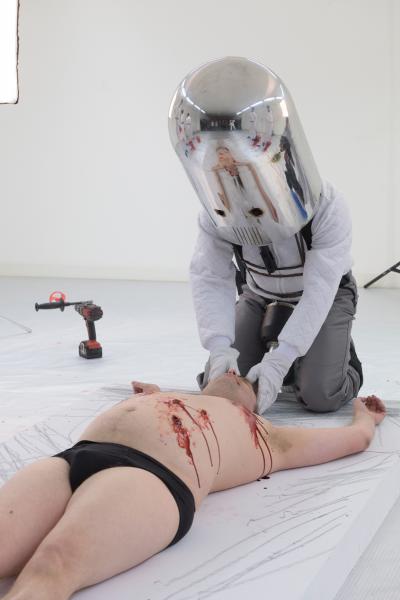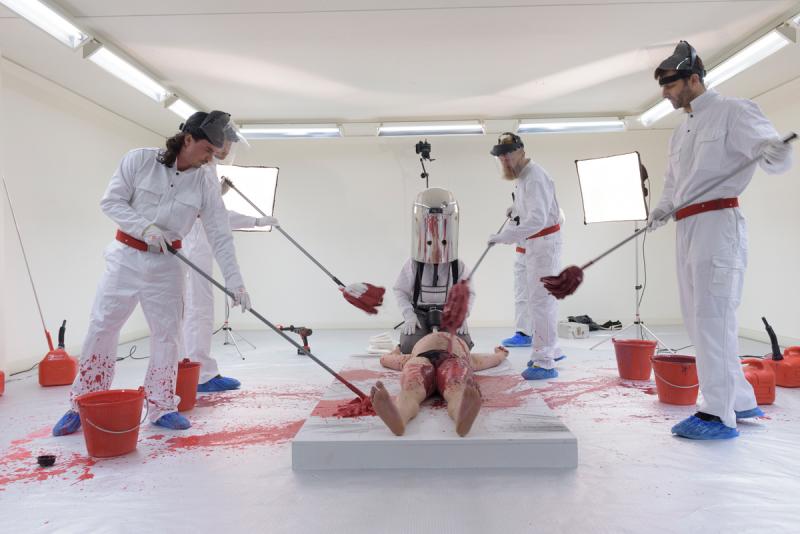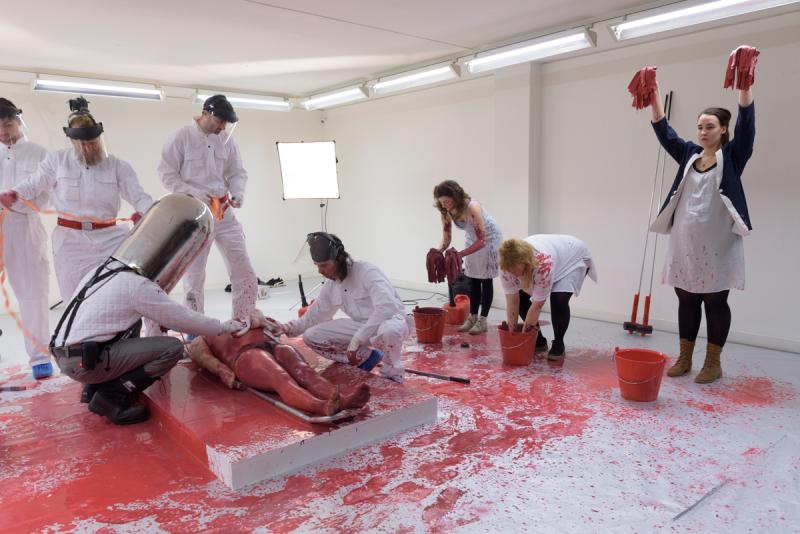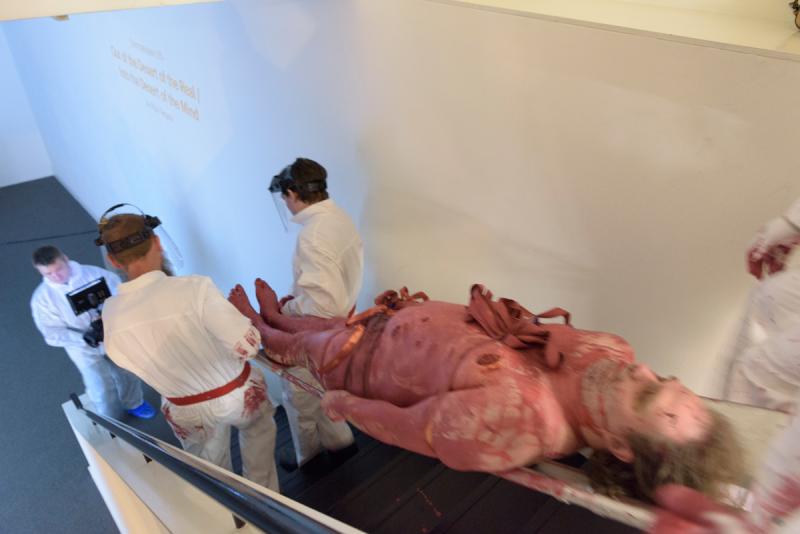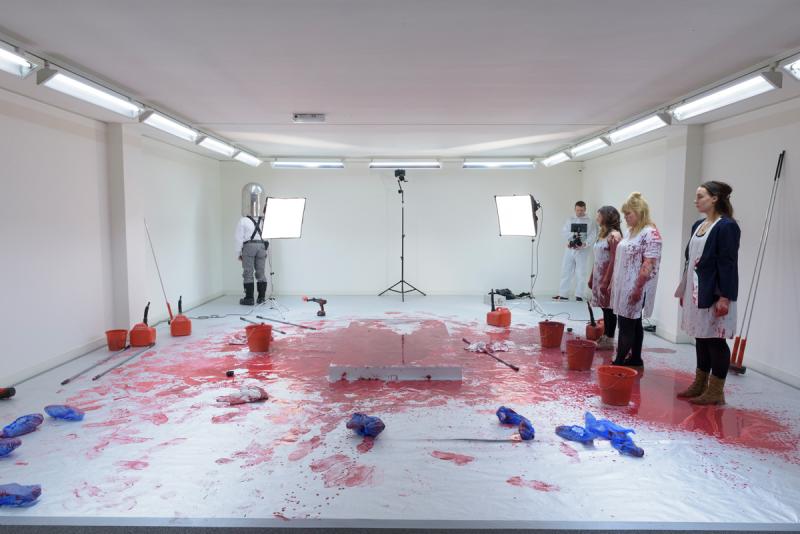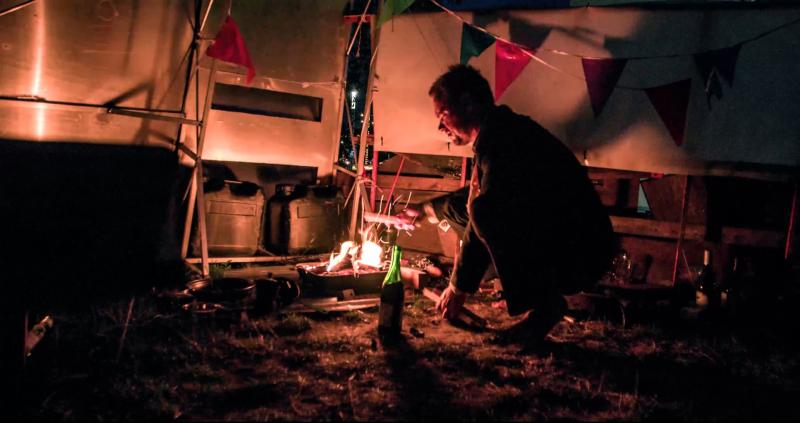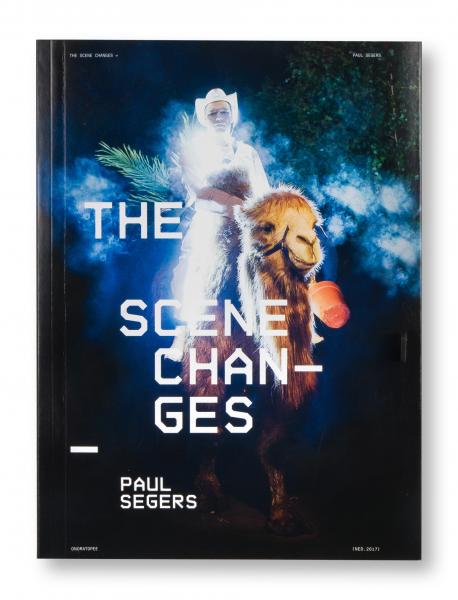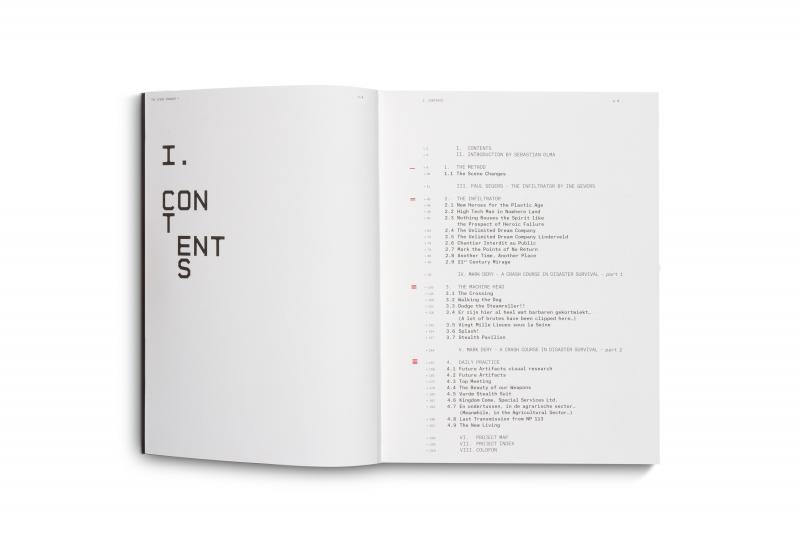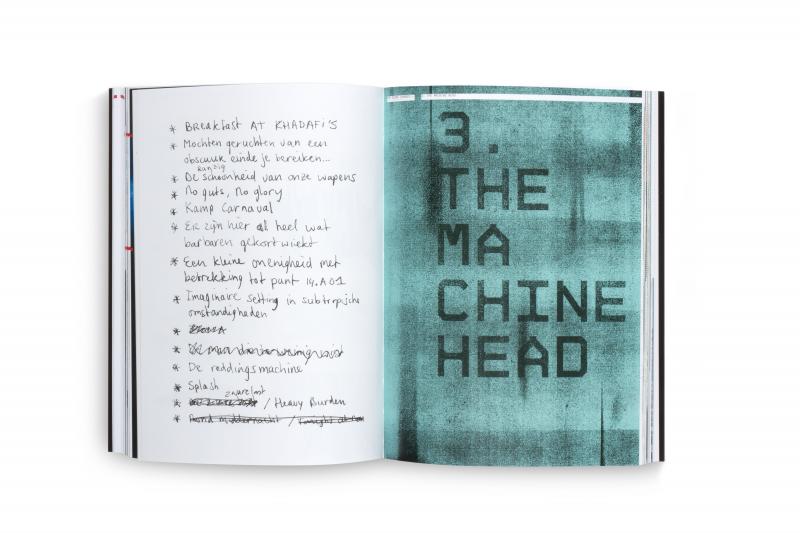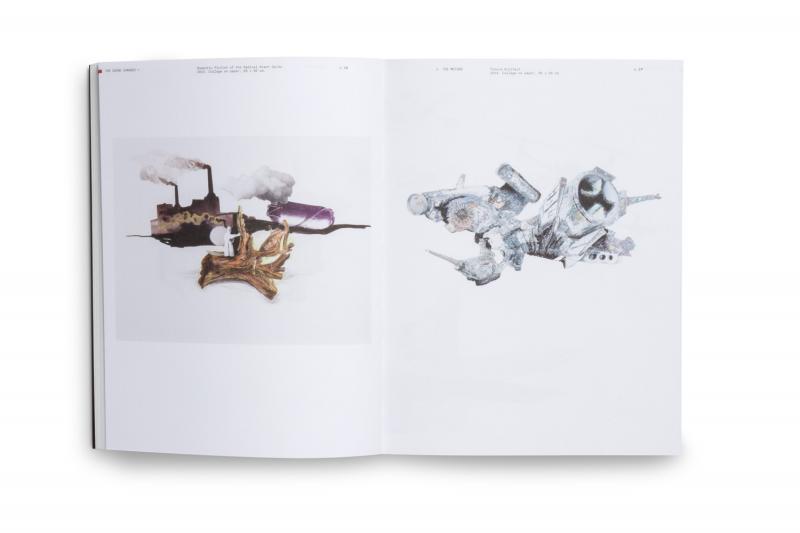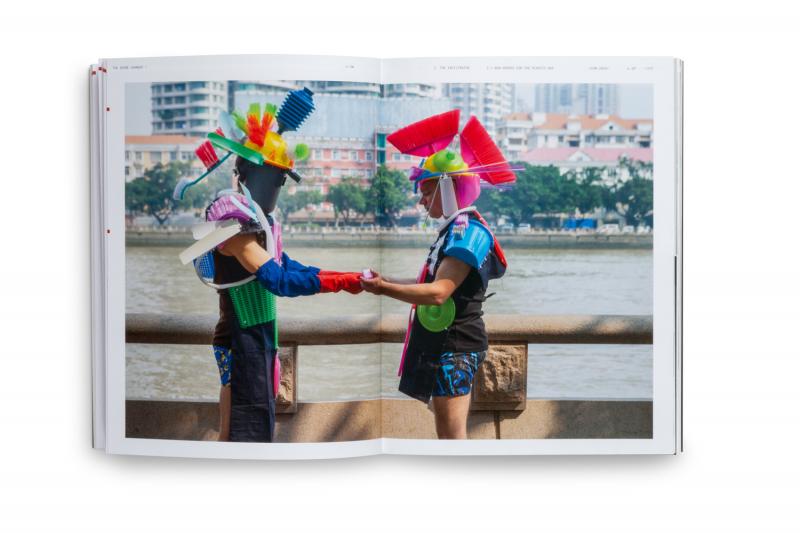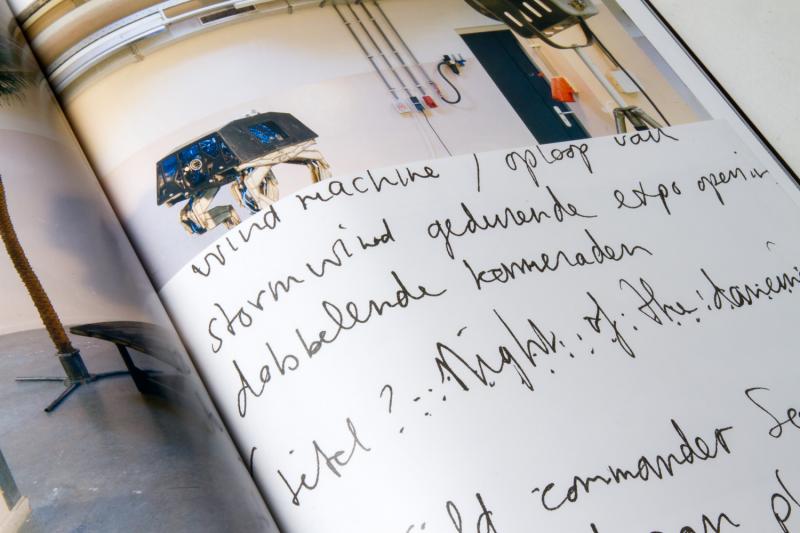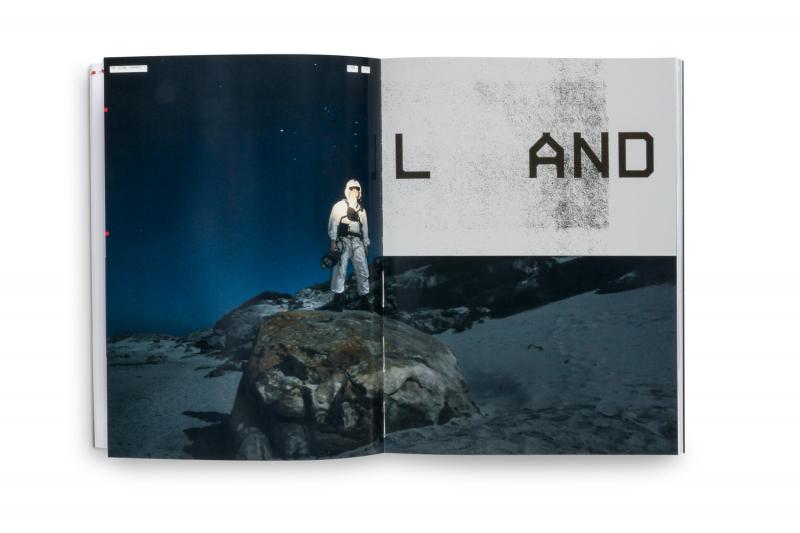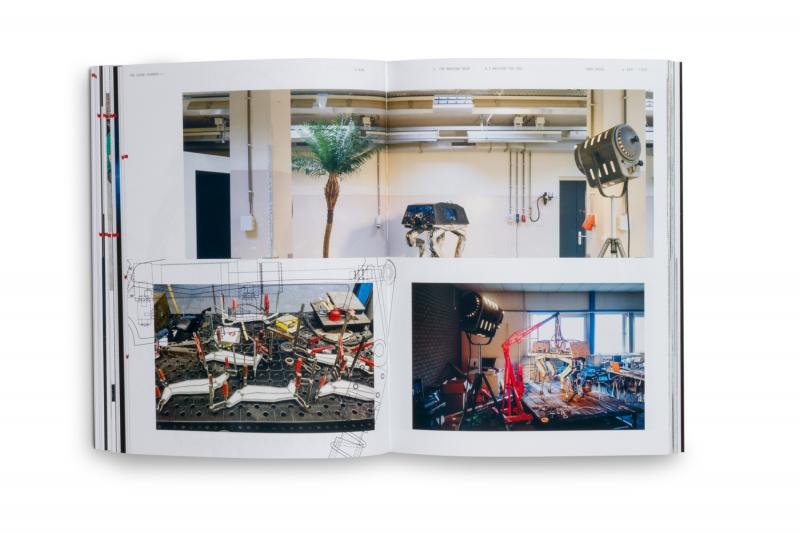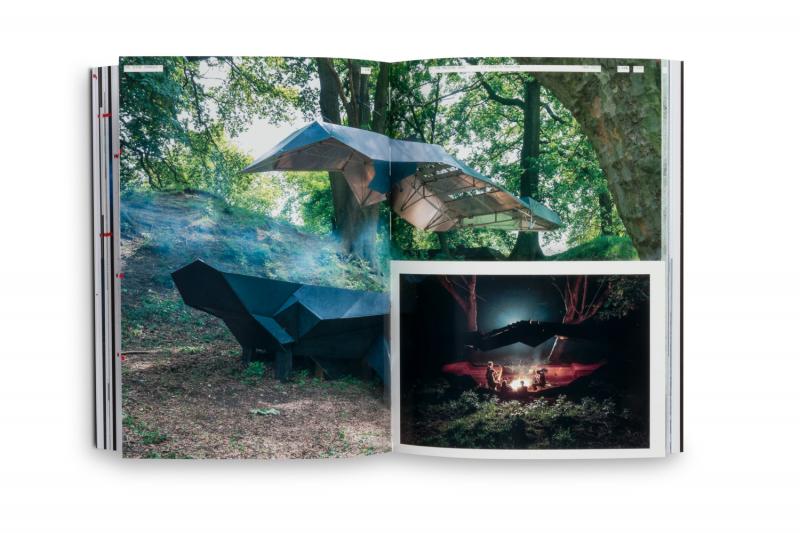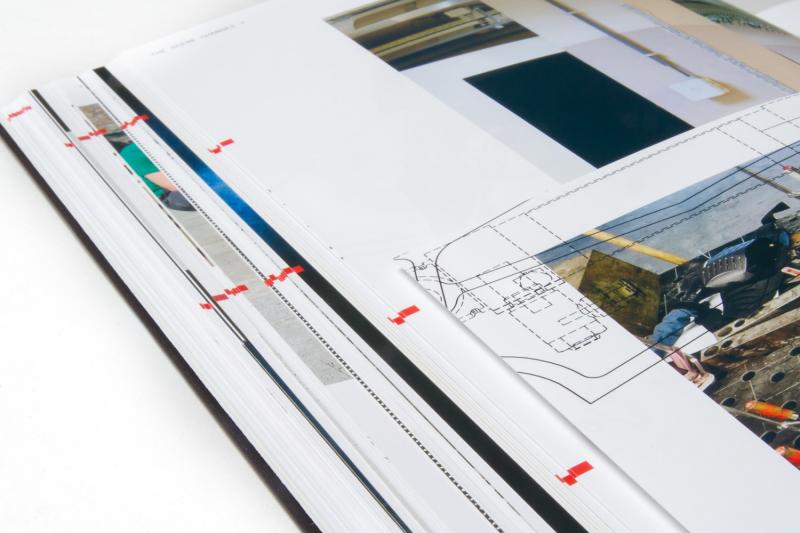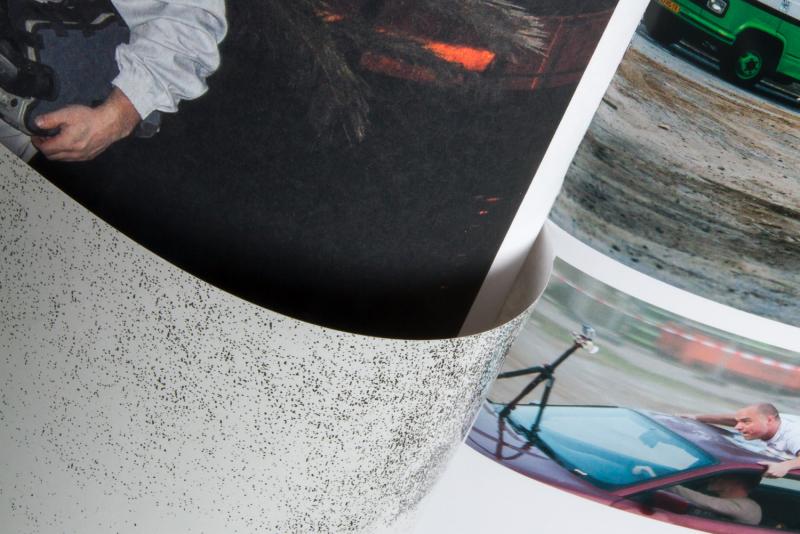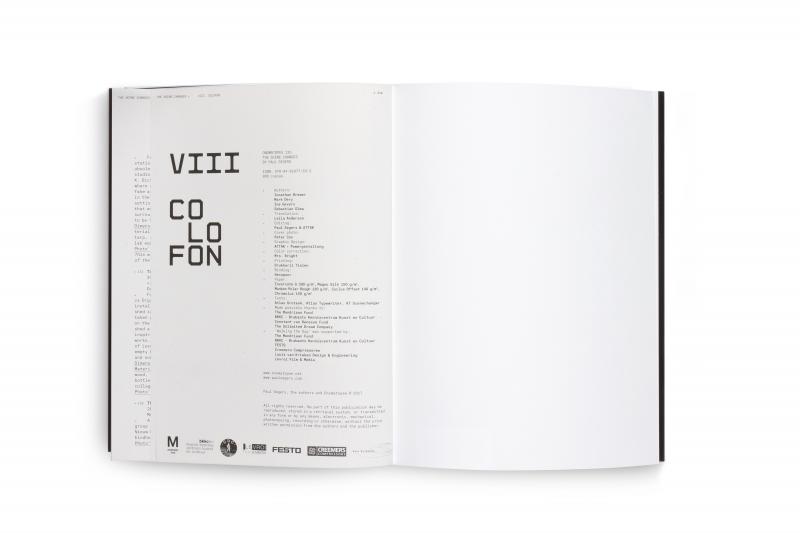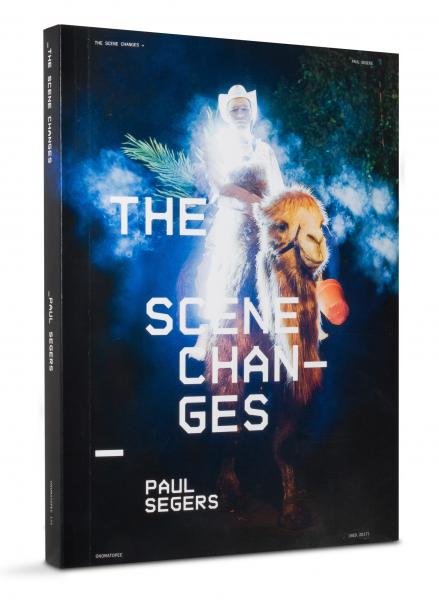Opening March 11, 16:00
At 16:30 Paul will deliver his performance, ‘Bullet Head & the Exit Goons’. We will celebrate the launch of the book accordingly, with an introduction by Sebastian Olma, professor for Autonomy in Art & Design.
The work of Paul Segers, born and based in Eindhoven, gives prominence to manifestations of lurking excess: illusive and thought-provoking scenes, portraits and landscapes. In his work, threatening signs of acceleration, polarisation and technological overload are configured.
The exhibition consists of two parts. First of all, the performance ‘Bullet Head & the Exit Goons’, situated in an in-between of something like a staged studio set and a slaughterhouse, will deal with a rather robust physical social exchange. The performance will be documented; the “stage” will be left unharmed after the performance for the duration of the show.
Second is the first screening of a video made in Helmond: Mark the Points of No Return (2016). In the publication, launched at the start of the show, author and cultural critic Mark Dery writes about this work: ‘For 13 days and nights, the patient, a 40-year-old white male (hereinafter, “P.”), lived in a guerrilla campsite on the grounds of the Cacaofabriek arts center in Helmond, in a hovel he’d cobbled together from the remains of previous works: wooden beams, metal struts, plastic sheeting. He took up residence in his makeshift abode after the opening for a group exhibition, “Nonfiction” (2015), of which his encampment, “Mark the Points of No Return,” was a part, he said. In documentary photos, we see P., barefoot but still wearing the dark suit he wore to the opening, pottering about amid the bare necessities of civilization: canned food, a water cask, a campfire, a short-handled axe for splitting firewood, bottles of wine and wine glasses, a typewriter, toilet paper, a copy of Hardt and Negri’s critique of globalization, Empire. In a video, he bathes naked in a nearby canal, its black waters scummed by algal bloom. As the slate-gray sky grows light, he sits, stolidly watching cars whoosh past on the adjoining roadway, tires thrumming.’
As many certainties of the past are overturned, the surreality of “the outsider” might become more acceptable to conservatives’ experience. Paul Segers builds on the hypothetical opportunities of the settings in these scenes, delivering an array of hard-core exposures. Rigorously broad-minded and without any bias, these scenes are real scenarios.


